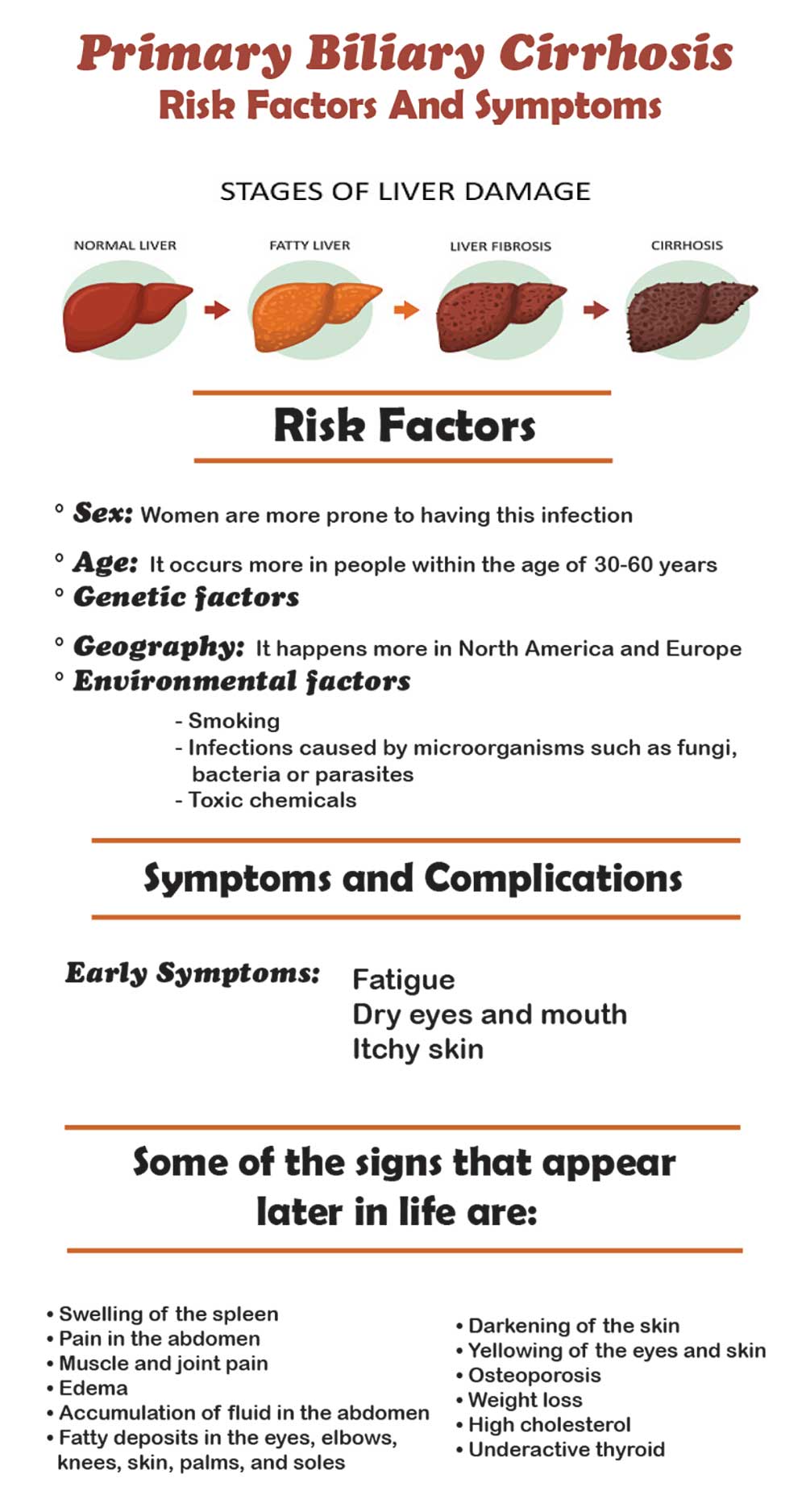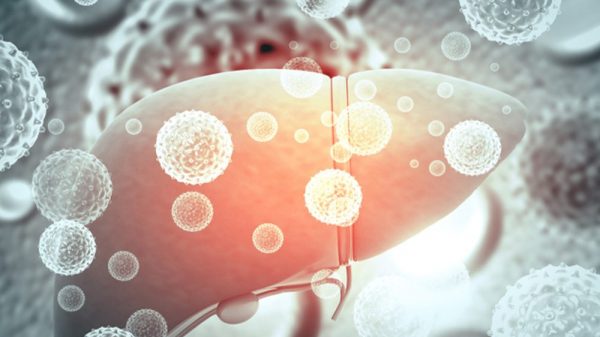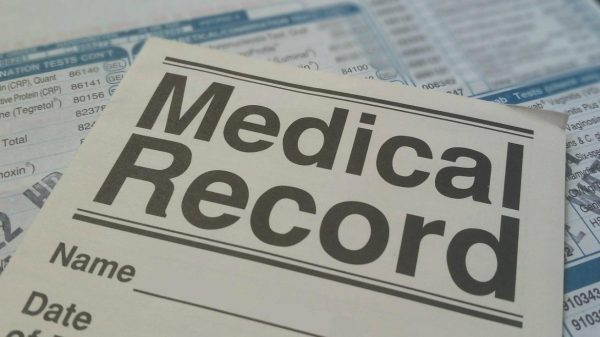Primary biliary cirrhosis which is also known as primary biliary cholangitis. This is a chronic disease wherein the bile ducts of the liver are destroyed slowly. The bile ducts happen to be the ducts responsible for the transfer of bile to the small intestine. Bile actually helps with the breaking down of fat in the small intestine. Also, it helps with the absorption of vitamins that are fat-soluble. Such as vitamin A, D, E and K. When there is damage to the bile ducts bile would start to build up in the liver. And that, of course, would damage the liver. As to the extent of damage, there are different stages. That’s why we will have a look later on primary biliary cirrhosis stages.
Primary Biliary Cirrhosis Stages
The gradual damage of the liver would lead to permanent scarring of the liver. This is known as cirrhosis of the liver. People that have this condition might actually not develop symptoms until about 10 years. But once the symptoms start surfacing, the expected life span is about 10 years. However, we must take note that it’s just speculation. Some people actually live a lot longer than that. There are also new treatment methods that people are coming up with to help improve the outlook of the disease.
There are 4 stages of this condition. And the different stages are actually based on how much damage done to the liver is.
- Stage 1: There is inflammation, as well as damage to medium-sized duct walls.
- Stage 2: The small bile ducts are being blocked.
- Stage 3: Scarring begins already.
- Stage 4: Cirrhosis is now present. The scarring done to the liver at this stage is severe and permanent.
Causes and Risk Factor
The exact cause of this condition is actually not known. For experts they consider it to be an autoimmune condition wherein the body attacks the cells in the body. The inflammation of the liver that happens in this condition starts when T cells also known as the helper cells start to accumulate in the person’s liver. The function of these cells normally is to help combat germs like bacteria. But with this condition, the T cells actually destroy cells that are healthy that line bile ducts of the liver.
The inflammation that happens in the small bile ducts ends up spreading. And this causes damage to other cells that are located within the liver. The damage leads to the death of the cells. After that, they are replaced with scar tissue. And that would actually lead to the condition, cirrhosis.
There are some factors that increase the risk of having this condition. And they are:
- Sex: Women are more prone to having this infection
- Age: It occurs more in people within the age of 30-60 years
- Genetic factors: If a family member has this condition, there are higher chances of having it
- Geography: It happens more in North America and Europe
- Environmental factors
- Smoking
- Infections caused by microorganisms such as fungi, bacteria or parasites
- Toxic chemicals
Symptoms and Complications
Many people with this condition do not present with any symptoms. One way for the disease to be diagnosed is with blood tests. But it’s possible that the symptoms would develop within the next 5-20 years. People that don’t have symptoms at diagnosis actually have poor outcomes.
Some of the early symptoms are:
- Fatigue
- Dry eyes and mouth
- Itchy skin
Some of the signs that appear later in life are:
- Swelling of the spleen
- Pain in the abdomen
- Muscle and joint pain
- Edema
- Accumulation of fluid in the abdomen
- Fatty deposits in the eyes, elbows, knees, skin, palms, and soles
- Darkening of the skin
- Yellowing of the eyes and skin
- Osteoporosis
- Weight loss
- High cholesterol
- Underactive thyroid
Complications
There are also some complications that come with this condition. Let’s take a look at some of them.
Liver scarring
This is also known as cirrhosis. At this point, it’s very difficult for the liver to function properly. This is actually indicative of the late stage of primary cholangitis.
Splenomegaly
This is when the spleen becomes enlarged. It’s swollen with platelets and white blood cells. That’s because your body can filter toxins out of the body as it should.
Portal hypertension
This happens when there is increased pressure in the veins. And this is actually due to blockage of the normal flow of blood due to scars. When this happens there is a poor flow of blood into the liver. And there is also poor filtration from the bloodstream.
Vitamin Deficiencies
This happens because there is a lack of bile in the digestive system. The function of bile in the digestive system breaks down fat and absorb fat-soluble vitamins. But with the absence of this substance, there wouldn’t be the absorption of these vitamins. And that would lead to a deficiency.
Increased risk of other diseases
This condition is known to affect the immune system as well as the metabolic system. And these two systems are actually responsible for the normal functioning of the body. A problem with any of these systems would actually increase the risk of having certain diseases such as CREST syndrome, thyroid problems, and rheumatoid arthritis.
Enlarged veins
The portal vein is blocked when a person has primary biliary cirrhosis. And this causes the slowing down of the movement of blood. This would cause the backing up of blood into places like the esophagus and stomach. When the pressure increases it causes the breaking of veins and then this leads to bleeding. When there is bleeding in the esophagus and upper stomach is a life-threatening situation that needs immediate attention.
Primary biliary cirrhosis is actually a progressive condition. And it’s not curable. Once you have the symptoms you can manage it with medications. For you to have a good outlook you have to make sure you follow the prescription given strictly. Make sure you stay healthy and exercise as well.
























